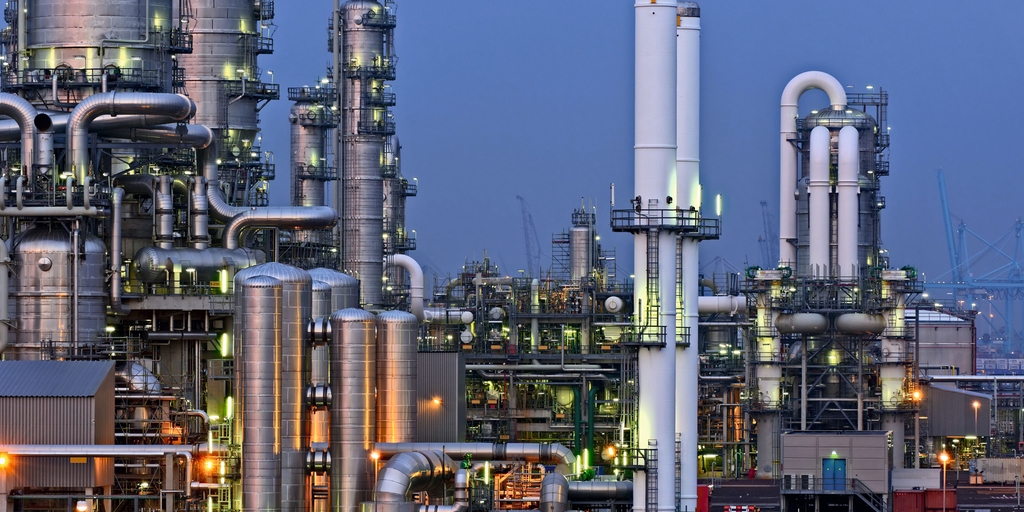Production chemicals are substances used in oil and gas operations to enhance production from reservoirs and facilitate processing. Some common types of production chemicals used include scale inhibitors, corrosion inhibitors, hydrogen sulfide scavengers, fluid loss additives, and surfactants. These chemicals are added to drilling muds, workover fluids, cement slurries, enhanced oil recovery processes, and production streams.
Scale Inhibitors
Scale refers to mineral salt deposits that can form on the inside surfaces of Production Chemicals equipment. The most common types of scale include carbonates, sulfates, and iron sulfides. Left uncontrolled, scale buildup can restrict fluid flow and potentially damage downhole equipment. Scale inhibitors are chemicals designed to prevent deposition or facilitate removal of scale. They work by interfering with the crystal formation of scale minerals or keeping them in small particles that can be transported with the flow. Common scale inhibitors used in production include phosphonates, carboxylates, and polymers.
Corrosion Inhibitors
Corrosion refers to the deterioration of metals produced by chemical or electrochemical reaction with their environment. It is one of the most significant production problems faced in oil and gas operations. Untreated, corrosion can cause equipment failures, pipe leaks, and loss of containment. Corrosion inhibitors are chemicals that form a protective film or barrier on metal surfaces to isolate them from corrosive environments. Common corrosion inhibitors include particulate organophosphates, film-forming amines, and volatile fatty acids.
Hydrogen Sulfide Scavengers
Hydrogen sulfide (H2S) is a toxic, flammable gas that is commonly encountered during oil and gas production. Even low concentrations of H2S in pipelines and process facilities can pose safety risks. H2S scavengers, also called scavengers or acid gas scavengers, react with and remove H2S from production streams. Common H2S scavengers work by oxidation, reduction, or chemical reaction pathways. Examples include triazine, amines, and alkaline earth and transition metal salts.
Fluid Loss Additives
Fluid loss additives are used to control the flow of drilling mud, completion fluid, or cement slurry out of the wellbore into formation pores and fractures during drilling and well construction activities. If uncontrolled, fluid loss can damage well integrity, lead to poor zonal isolation, and negatively impact the hydraulic seal of cement. Fluid loss additives work by forming a low permeability, filter cake layer on exposed wellbore walls. Common fluid loss additives include modified natural polymers, synthetic polymers, and particle mats.
Surfactants
Surfactants are surface active chemical compounds that reduce surface and interfacial tension between liquids or between a liquid and a solid. In oil and gas production, surfactants are used for a variety of enhanced oil recovery (EOR) methods and well cleanup processes. For example, surfactants are added to water or gas injected during waterflooding or gasflooding to increase macroscopic and microscopic sweep efficiency within the reservoir. Surfactants are also used for acidizing, hydraulic fracturing, and well stimulation operations to lower interfacial tension between fluids and formations. Common surfactant types used in EOR include ethoxylated alcohols, sulphonates, and sulphosuccinates.
Produced Water Treatment
Produced water refers to the water that comes up from the reservoir along with the oil and gas during production. It can contain various contaminants such as scale minerals, organic acids, bacteria, drilling fluid residues, and emulsions that require treatment before disposal or reuse. Production chemicals play an important role in produced water processing. Common chemicals used include biocides to kill microorganisms, scale inhibitors, coagulants/flocculants to separate emulsions and suspended solids, corrosion inhibitors, and pH control agents. Proper produced water treatment is critical from environmental, regulatory, and operational perspectives.
Health, Safety and Environmental Considerations
While production chemicals are designed to optimize operations, proper handling and use are required to manage risks. Many production chemicals pose hazards if misused or mishandled. Common health, safety, and environmental issues include toxicity, flammability, reactivity, and bioaccumulation potential. Regulated substances like biocides may have permitting and reporting obligations. Responsible use demands knowledge of chemical properties, protective equipment, spill controls, storage compatibility, and disposal considerations.
Condition Monitoring and Dosage Optimization
Continuous monitoring of process conditions gives valuable insights for production chemical program optimization. Properties like production rates, fluid compositions, temperatures and pressures provide data to assess where and when treatments are most needed. Laboratory and on-site tools can track parameters indicative of issues the chemicals targeted like corrosion, scale, bacteria or emulsions. Automated metering systems ensure precise, controlled dosing tailored to current conditions versus unattended batch treatments. A data-driven approach paired with professional service helps operators apply minimum effective amounts of chemicals, lowering costs and environmental impact versus overuse.
judicious selection and application of production chemicals is crucial for optimizing recovery from oil and gas reservoirs in a safe, compliant and sustainable manner. A thorough understanding of chemical mechanisms and properties paired with diligent process monitoring allows producers to precisely address changing downhole and surface conditions over the life of a field. Responsible handling and optimized usage protects workforce and environment while enhancing economic value from energy resources.
*Note:
1. Source: Coherent Market Insights, Public Source, Desk Research
2. We have leveraged AI tools to mine information and compile it.



